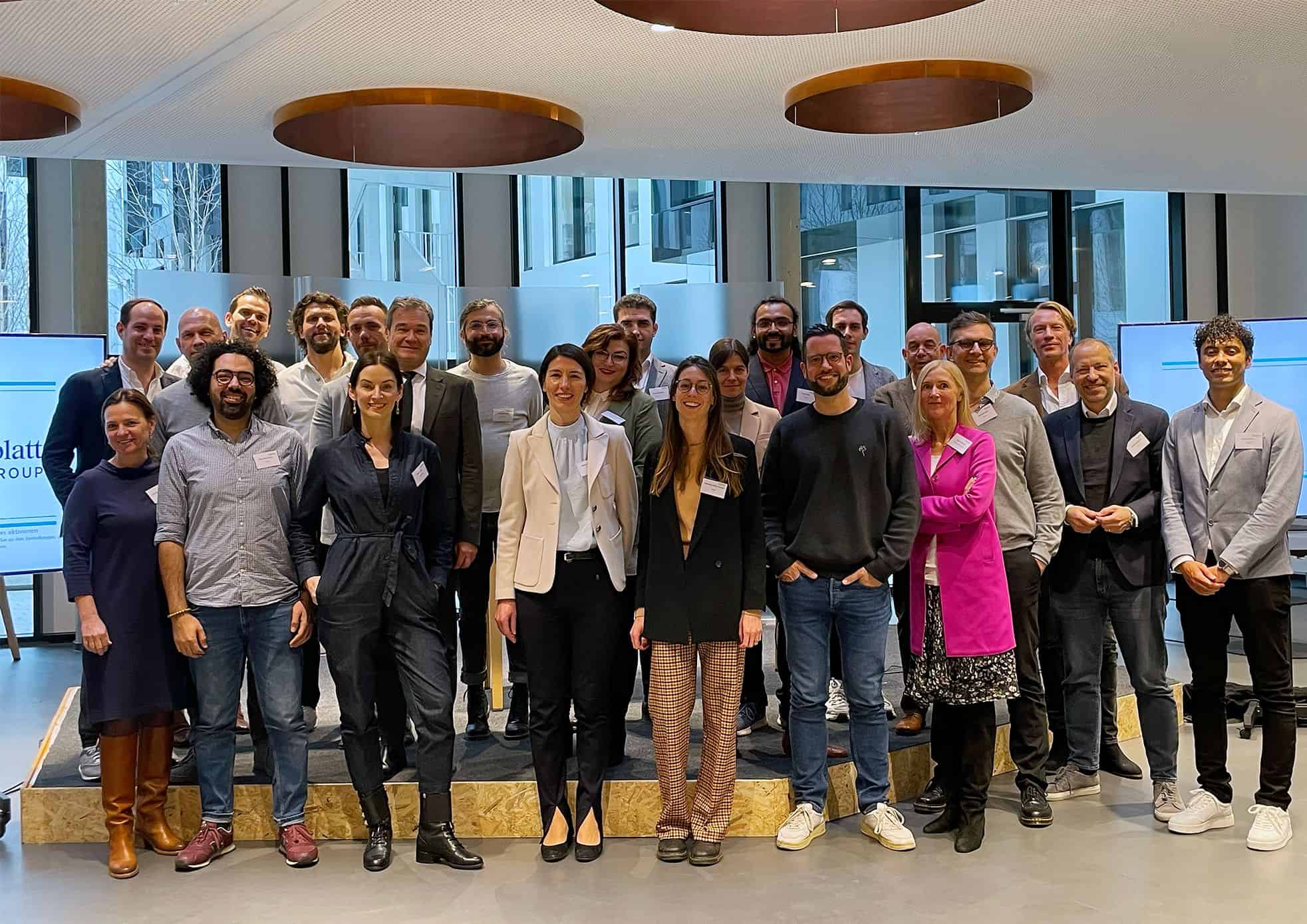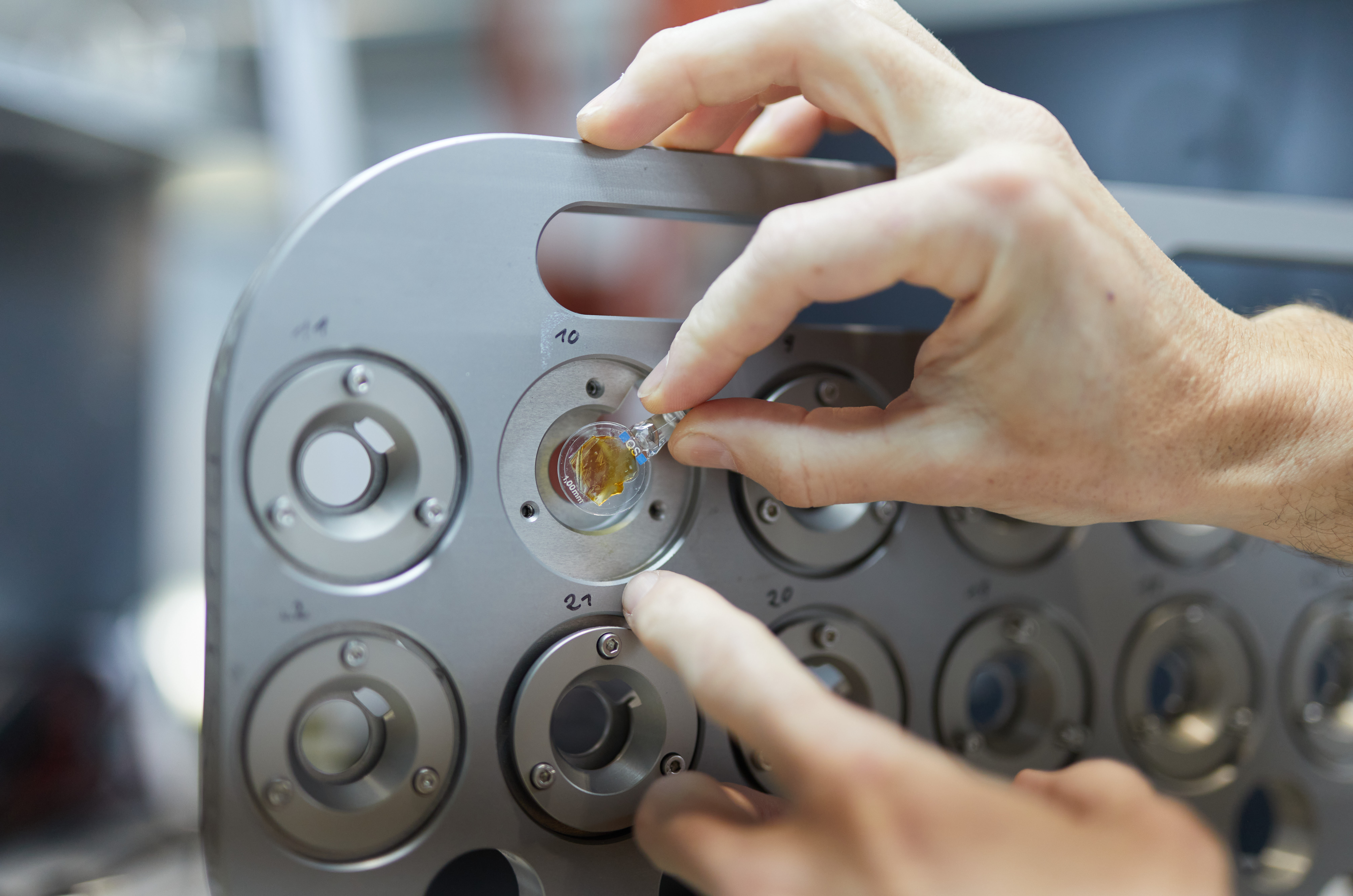
Like Lego bricks, the satellites of the future should be capable of being assembled, dismantled, reconfigured, and reassembled over and over again: This vision represents a consensus in international spaceflight, because it is the only way of tackling the problem of space debris and its hazard it presents to spacecraft. The idea is to design a new generation of modular satellites that can be repaired in space. With its research, the Institute of Structural Mechanics and Lightweight Design at RWTH Aachen University, SLA for short, seeks to provide a basis for the next generation of modular satellites, focusing at the interface between a satellite’s modules.
Put simply, the Aachen researchers developed a suitable connector system, called iSSI. RWTH filed for a patent, and the idea was brought to market by a sping-off company of the University, iBOSS GmbH. The system is now being tested in space for the first time. On February 19, the test modules will be launched on a U.S. space mission to the International Space Station (ISS). There, on the Japanese section of the ISS, they will be connected and disconnected for the first time by a robot outside of the space station. When connected, data and power can be transmitted via the interface of the connector system, writes RWTH in a press release.
A Pioneering Approach
For SLA director Kai-Uwe Schröder and his team, this is a milestone: Satellite modules can be reassembled anywhere, including in space, thanks to simple handling opportunities the concept provides. “Our approach is revolutionary; our system has the potential to set a standard such as the USB connector. A successful demonstration in space, under vacuum and cosmic radiation conditions, would be a major breakthrough,” says Schröder. “We have the chance to finally make space travel more sustainable.”
In future, defective components could be replaced to significantly increase the service life and functionaliy of a satellite. For example, satellites use so-called swirl wheels to control their position in space. If the spinning wheels have a defect, the satellite can no longer be properly positioned – it is therefore only available to a limited extent or not at all. Spinning wheels integrated in a modulr component can be replaced if they become defective. Ultimately, satellites can even be expanded to include further components and functionality thanks to the possibility of on-orbit service.
Demonstrating capabilities
Since 2010, the RWTH Institute has been involved in a modular satellites conducted by the German Aerospace Agency DLR. Twelve years later, the idea of creating satellite building blocks on Earth and assembling them in space is becoming a reality. iBOSS Gmbh recently received the Innovation in Space award for its iSSI modular coupling kit.
The Aachen research team has already successfully deployed the iSSI system on the ground. The connector is already being used in the upBUS hybrid mobility project, for example. The upBUS is a vehicle capable of switching between aerial tramway and autonomous bus operation. The switch between operating modes requires coupling and decoupling of the vehicle with the aerial tramway technology.
The upcoming mission to the ISS represents the next major step to demonstrate the capabilities of the connector system. On the ISS, RWTH is already involved in the AMS project, and RWTH alumnus Matthias Maurer is currently one of the ISS crew.
Also interesting: Satellites can now monitor carbon dioxide emissions
Selected for you!
Innovation Origins is the European platform for innovation news. In addition to the many reports from our own editors in 15 European countries, we select the most important press releases from reliable sources. This way you can stay up to date on what is happening in the world of innovation. Are you or do you know an organization that should not be missing from our list of selected sources? Then report to our editorial team.






